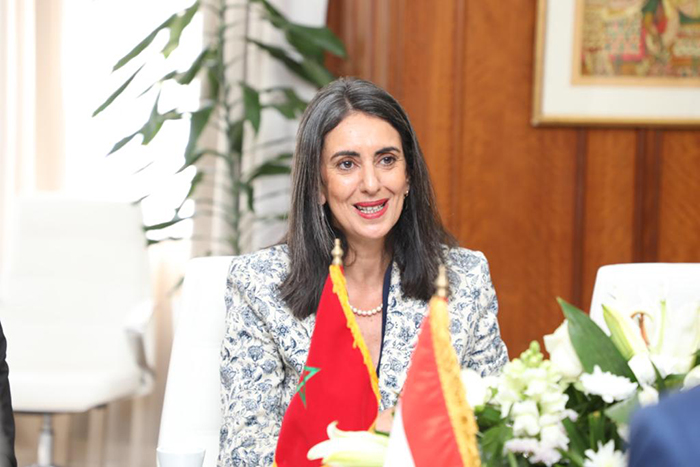What if someone invited you to explore a maze from which no one has ever escaped alive? This intriguing proposition may sound exciting, especially for adventure seekers, but it also seems unrealistic. After all, most of Earth's secrets have been revealed, and no such place exists in any city or country... or so you might think!
The truth is that this place does exist. It is a historic prison made up of interwoven and labyrinthine tunnels with no exits, and no one has ever escaped. This prison, known as "Qara," is located in the city of Meknes. Welcome to the Ismaili capital of Morocco, where you can uncover more of its hidden secrets.

About Qara Prison
Qara Prison is a historical landmark in Meknes, constructed by Sultan Moulay Ismail in the early 18th century within the Ismaili kasbah. The prison consists of a network of chambers and passageways, with its entrance located near Koubat el Khayatine’s dome in the kasbah. Above it, small openings allowed air to circulate and food to be dropped to the prisoners, and these openings still exist today.
What fascinates adventurous visitors is that the true size of the prison remains unknown, surrounded by numerous legends and stories. Some accounts suggest it stretches for kilometers underground, while others claim it is as large as the city of Meknes itself.

Historical records indicate that over two million prisoners were thrown into Qara. Sultan Moulay Ismail instructed the builders to create a secret passage for prisoners to escape; if a prisoner managed to find it, they would be granted freedom—a feat that never happened.
In the early 1990s, a French expedition attempted to explore Qara Prison but failed to return. As a result, Moroccan authorities decided to seal its entrances with concrete walls, leaving only one chamber open for visitors and tourists.
The prison is easily accessible within the Ismaili kasbah, which can be reached by various modes of transportation available in the city. It is open to visitors from 10 AM to 5 PM.
What About Meknes Itself?
Is Qara Prison the only attraction that defines Meknes? Certainly not. The city of Meknes deserves a visit to discover its many historical sites and secrets.

Founded in the 8th century, Meknes only became a significant city with the arrival of the Almoravids, who contributed to its growth and the establishment of new neighborhoods, including the Almoravid Kasbah of Takarart. They also built the Nejjarine Mosque and fortified the city with walls by the end of their reign. The neighborhood near the mentioned mosque, built by the Almoravids, is one of the oldest in the city.
Under the Almohads, Meknes experienced significant architectural expansion, including the enlargement of the Great Mosque during the reign of Muhammad al-Nasir (1199-1213), along with a sophisticated water system sourced from Ain Takama to supply baths, mosques, and fountains. This era also saw the emergence of new neighborhoods like the Sidi Ahmed Benkhadra neighborhood.

During the Marinid period, a large number of Andalusians settled in Meknes after the fall of major centers in Andalusia. Sultan Abu Yusuf Yaqub (1269-1286) built a kasbah outside the city, of which only the mosque known as Lalla Aouda remains.
Meknes is also home to ancient schools such as the Filala School and Bou Inania School, as well as mosques like the Toota Mosque and Zarqa Mosque, along with the library of the Great Mosque, the Maristan of Bab el Jadid, and the Hammam of Souika.

Under the Alaouite dynasty, particularly during the reign of Sultan Moulay Ismail, the city regained its status as the capital, experiencing its most prosperous era. Important buildings such as the Bab Berdieyinne Mosque, the Zaytouna Mosque, and the Sidi Said Mosque were constructed, along with palaces and other significant structures. Sultan Moulay Ismail built the Dar Lakbira house over the ruins of the Marinid kasbah and part of the old city.
Following Morocco's French protectorate beginning in 1912, the French constructed a new city in a European style, complete with streets, buildings, gardens, and industrial, commercial, residential, and administrative facilities in the area known as Hamria. The city began to regain its strategic military and economic importance.

City Location
Meknes is situated on the Saïss plateau at an altitude of 500 meters, nestled between the Middle Atlas to the south and the pre-Rif hills to the north. The Boufakrane River flows through the city, separating its old part from the new.






